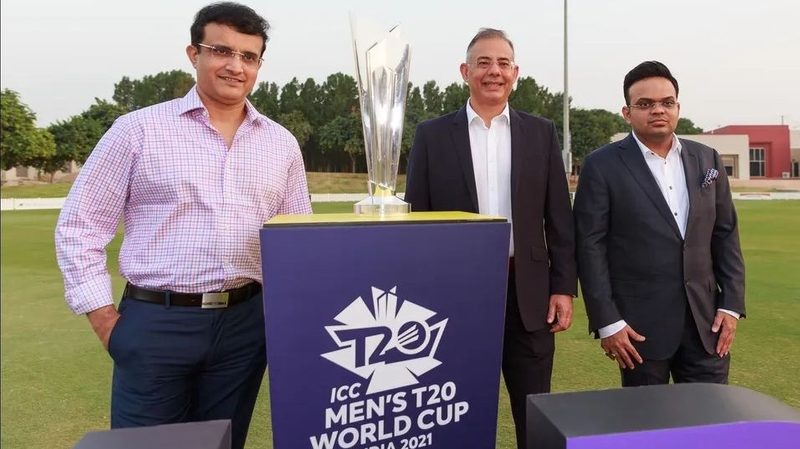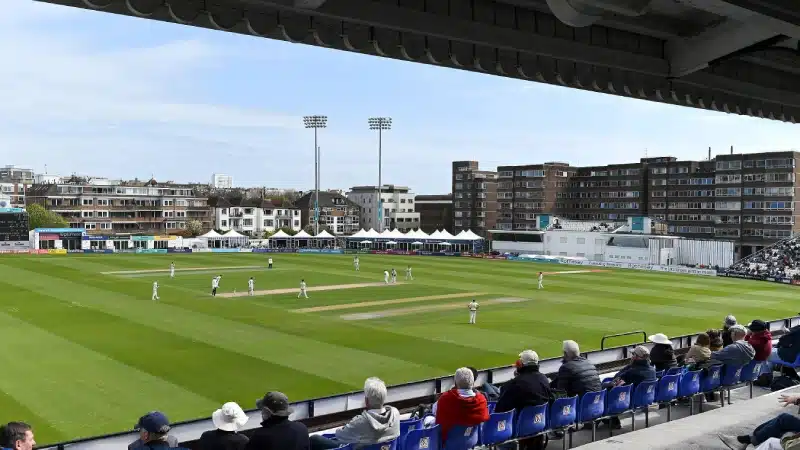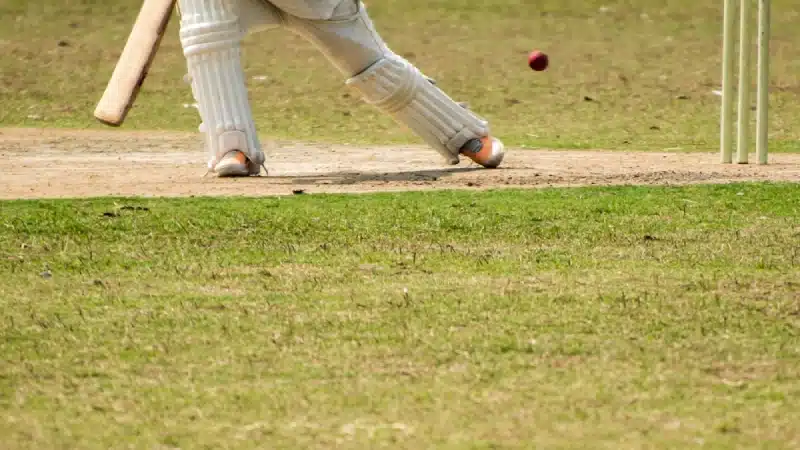
India is scheduled to host the T20 World Cup in October and November this year but with the Indian T20 League getting postponed following bio-bubble breaches, the UAE is back in the equation as the backup venue for the upcoming ICC event.
We take a look at conditions at the three probable venues in the United Arab Emirates – Abu Dhabi, Dubai and Sharjah – based on the experience of the Indian T20 League held at the same grounds at about the same time last year.
Abu Dhabi
Among the three venues, the Sheikh Zayed Stadium offered the most bounce and zip for the fast bowlers. Moreover, the pitch was also two-paced at times, making the likes of Jasprit Bumrah a nightmare to face. For spinners, the long boundaries provided more protection and they could try a few more things, also aided by the bounce. At 8.39 and 7.28 runs per over respectively, both pacers and spinners had the lowest season economy rates in Abu Dhabi among all grounds in the Indian T20 League 2020
Dubai
The Dubai International Cricket Stadium had a peculiar issue, especially at the start of the season. The floodlights installed in a ring on the inside part of the roof made high catches difficult to sight for fielders. Spinners had a ball for the most part as the slow and sticky nature of the pitch combined with the large boundaries made it difficult for batsmen to hit out against them. Dew became a major issue in the enclosed arena as the temperatures cooled progressively.
Sharjah
With the smallest outfield among the three venues, the Sharjah Cricket Stadium saw bowlers taking maximum punishment. Season economy rates for pacers and spinners were 8.94 and 8.39 here, comfortably the highest. Spinners were carted out of the ground routinely for huge sixes, but as the pitch began to tire towards the end of the season, they came back into their own. Dew was a factor here as well unlike on the open ground in Abu Dhabi, although not as much as it was in Dubai.
Apart from ground-specific conditions, some aspects will be common across the three venues. Spin will play a key role, as will the heat and humidity, especially in afternoon starts. These are desert conditions after all, and acclimatisation and constant hydration will be critical for players, as was seen during the Indian T20 League last year.
Photo Credits - BCCI.tv




















